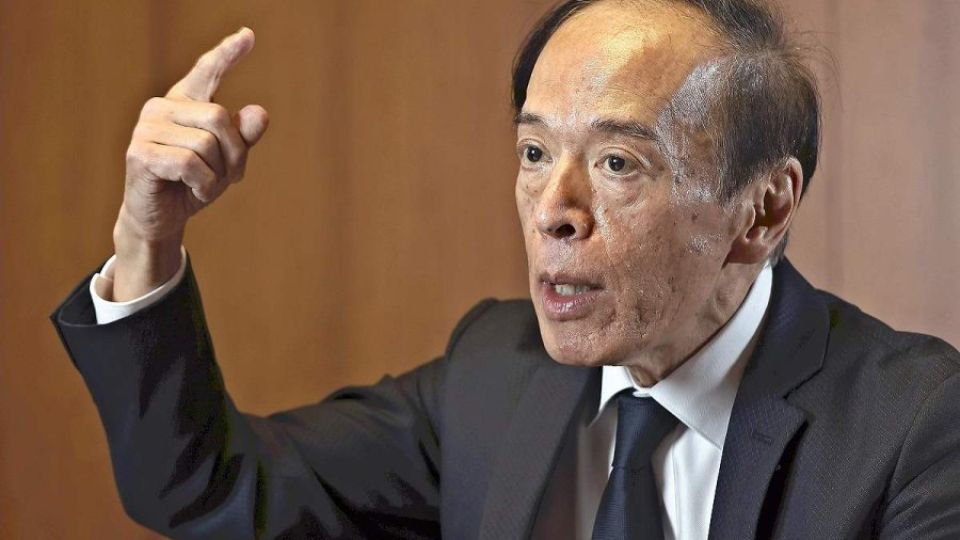September 11, 2023
TOKYO – Bank of Japan Gov. Kazuo Ueda said the central bank’s lifting of its negative interest rate policy will become an option if wages and prices rise, revealing his thinking during an interview with The Yomiuri Shimbun.
Ueda said that “there are various options” including lifting the negative interest rate policy once the central bank is confident that Japan has achieved sustainable price increases accompanied by rising wages.
The negative interest rate policy is a pillar of the Bank of Japan’s large-scale monetary easing measures.
While an easy monetary policy environment will be maintained for the time being, signs of factors could emerge that would allow a decision to be made by the end of the year, he indicated.
This is the first time Ueda has given an exclusive interview to any media organization since taking office in April.
At present, he takes the position of maintaining the bank’s monetary easing policy, saying: “There is still some way to go before the price target can be realized. We will continue our persistent monetary easing policy.”
The Bank of Japan is currently implementing monetary easing measures to guide the short-term interest rate to minus 0.1%.
When asked about the timing of the lifting of the rate policy, Ueda said, “We have a variety of options if economic and price conditions turn upward.”
“We will [lift the policy] when we conclude that the price target can be achieved even after the ending of the negative interest policy,” he said.
As for specific timing, Ueda said a stage has not yet been reached at which the bank can make a definite decision.
“It is not impossible that we will have enough information and data by the end of this year,” including the outlook for wage increases next spring, he said.
The Bank of Japan’s yield curve control (YCC) is designed to keep yields on long-term 10-year Japanese government bonds around zero. At the monetary policy meeting held in July, the bank decided to conduct YCC with greater flexibility, effectively setting the upper limit of the long-term bond yield that the bank would allow at 1%.
Ueda described the decision to set the limit at a level not expected to be reached for the time being as “risk management.”
“There was a risk that the Bank of Japan would be forced to abandon YCC in an unintended way when the economic and price outlook turned upward,” he said.
The bank continues to allow the long-term JGB yields to fluctuate in the rage of around plus or minus 0.5 percentage point from its 0% target.
However, Ueda, did not reject the market’s view that the fluctuation range has become a mere formality, saying, “We do not necessarily intend to strictly control the yield at a specific level.”
He also showed understanding that long-term interest rates will continue to rise from the current mid-0.6% level in line with economic and price conditions.
As for the recent depreciation of the yen, he said, “We will be in contact with the government to properly assess the impact on the economy and prices.”

